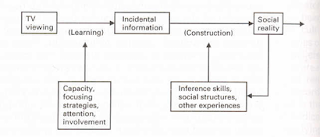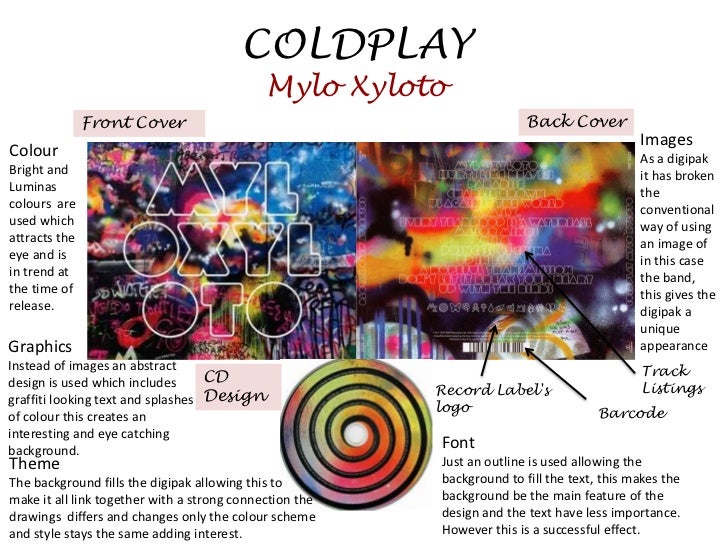Gabbie Hanna - Out Loud
(Say what you mean out loud)
I still taste your presence
Once sweet but it turned sour
Tried to shake your indifference
But it's too late now
I hear you in the quiet
I see you when I'm in the dark
You just couldn't fight for this
But it's not your fault
Say what you mean out loud
Drowning in silence when I'm lost in the crowd
'Cause every sweet thing you never speak
It's deafening, never knowin' what could be
Wish I could show you how
But you're just a ghost now
Your laughter haunts me
Like a ringing in my ear
You left me long ago,
You're still everywhere
I reach out for you
I'm desperate for your warmth
Can you tell me where we went wrong?
At least tell me just to move on
Say what you mean out loud
Drowning in silence when I'm lost in the crowd
'Cause every sweet thing you never speak
It's deafening, never knowin' what could be
Wish I could show you how
But you're just a ghost now
You're just a ghost now
But you're just a ghost, ghost now
You're just a ghost, ghost now, now
But you're just a—
It's time to let it go
You left me all alone
I wanna feel your heartbeat
But it doesn't beat for me no more, no
It's time to let it go
You left me all alone
It's holdin' me down,
It's burnin' me out
I'm beggin' for sound
But I can't bring you back now
Say what you mean out loud
Drowning in silence when I'm lost in the crowd
'Cause every sweet thing you never speak
It's deafening, never knowin' what could be
Wish I could show you how
But you're just a ghost now
You're just a ghost now
(it's time to let it go)
But you're just a ghost, ghost now
(you left me all alone)
You're just a ghost now, now
(it's time to let it go)
But you're just a ghost now
















